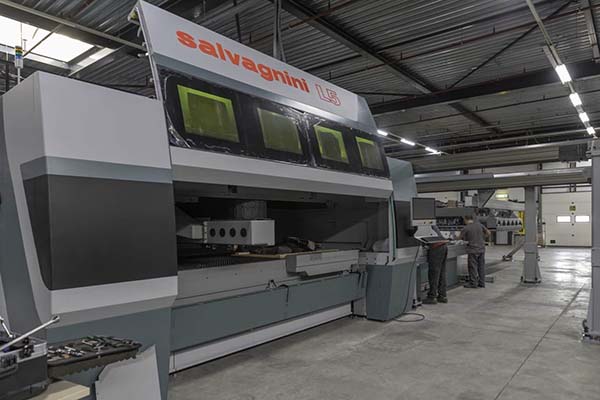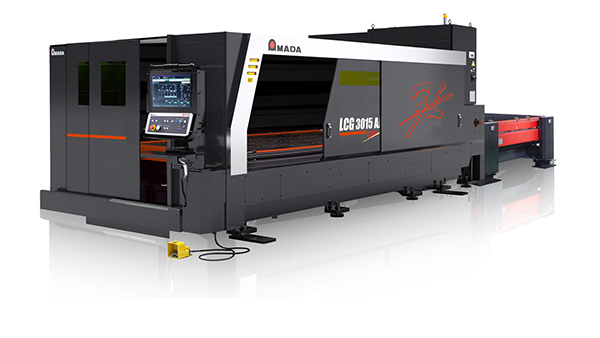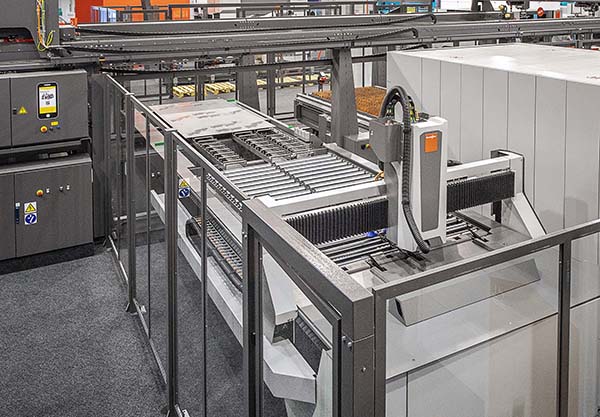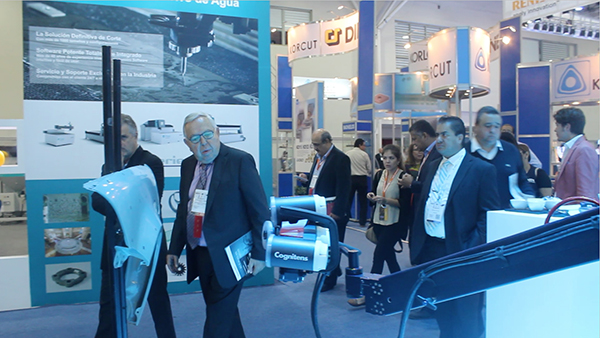Drentea, part of the Dutch VDB Group, has invested €3m in the improvement of output and sustainability at its factory.

The combination of machines in the production line at Drentea now consists of a Salvagnini S4 and P4, on which Drentea can punch, cut, twist and bend metal. In addition, a Salvagnini L5 fiber laser is accompanied by a fully automatic sorting centre. This fibre laser generates much more energy from the same amount of power, resulting in substantially lower energy consumption. By producing products on this new line, the company has increased both its production capacity and flexibility.
“We want to achieve further growth by continuing to invest in state-of-the-art production facilities,” says CEO Bert Top. “These investments contribute to a natural evolution towards smart industry and result in a doubling of production capacity.”
In addition, enormous progress is being made in the field of sustainable production. The expectation is that, using this method of processing, the percentage of waste will be reduced by at least 90%. Drentea has now succeeded in integrating its entire business activities in a sustainable circular manner.
“This time of transition to a sustainable manufacturing environment offers Drentea plenty of opportunities to realise its green ambitions,” says Top. “Here at Drentea we focus on smart designs, the complete re-use of materials, production without waste and the use of regionally sourced green energy.
“We want to control our own raw material chains and energy supplies,” he continues. “The time in which price was decisive only tilts to a time where sustainability has actually become measurable. With this new production line we are more than ready to take advantage of the possibilities that time will provide.”
For further information www.salvagninigroup.com























